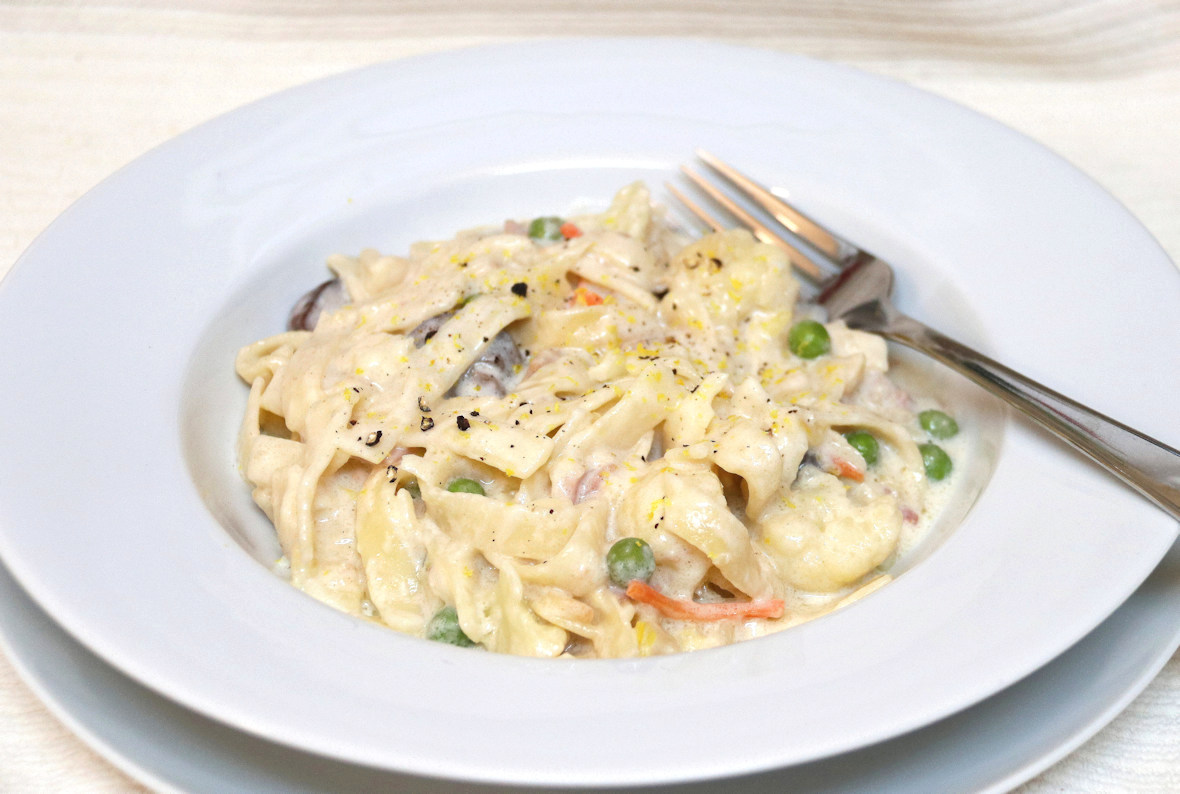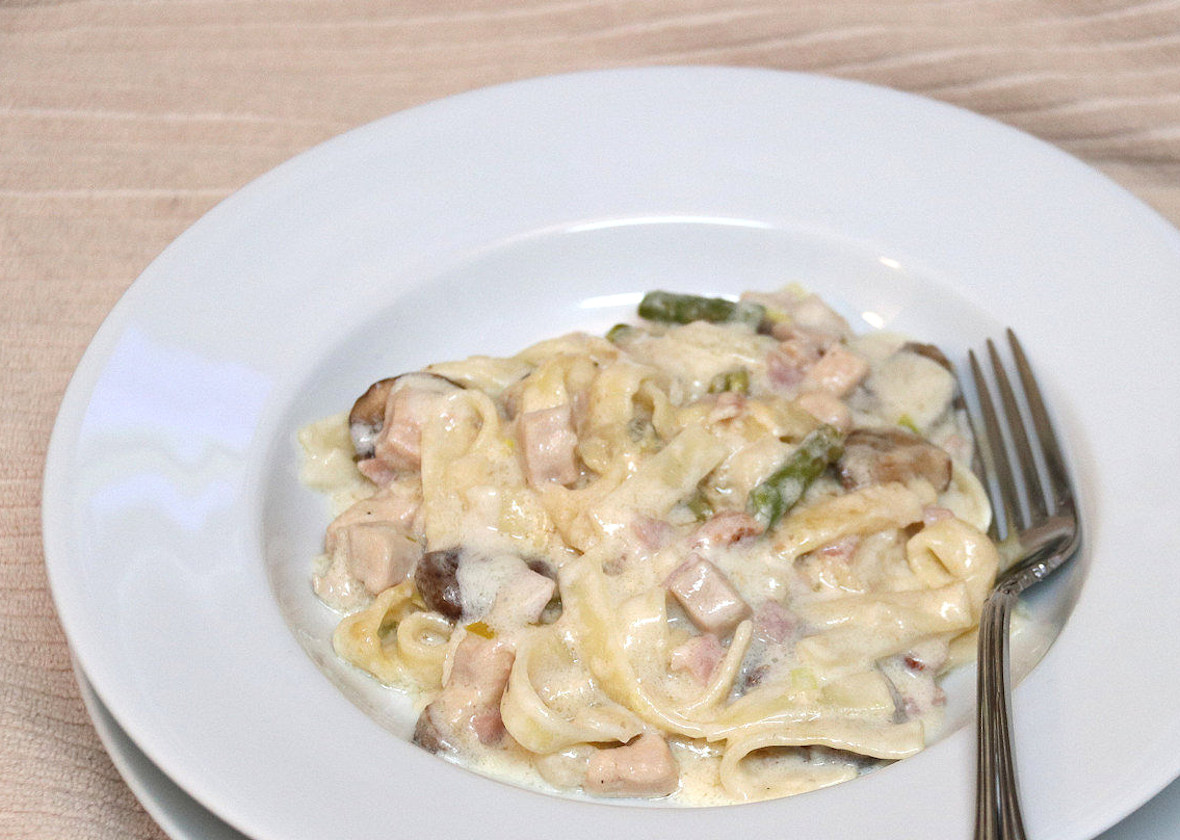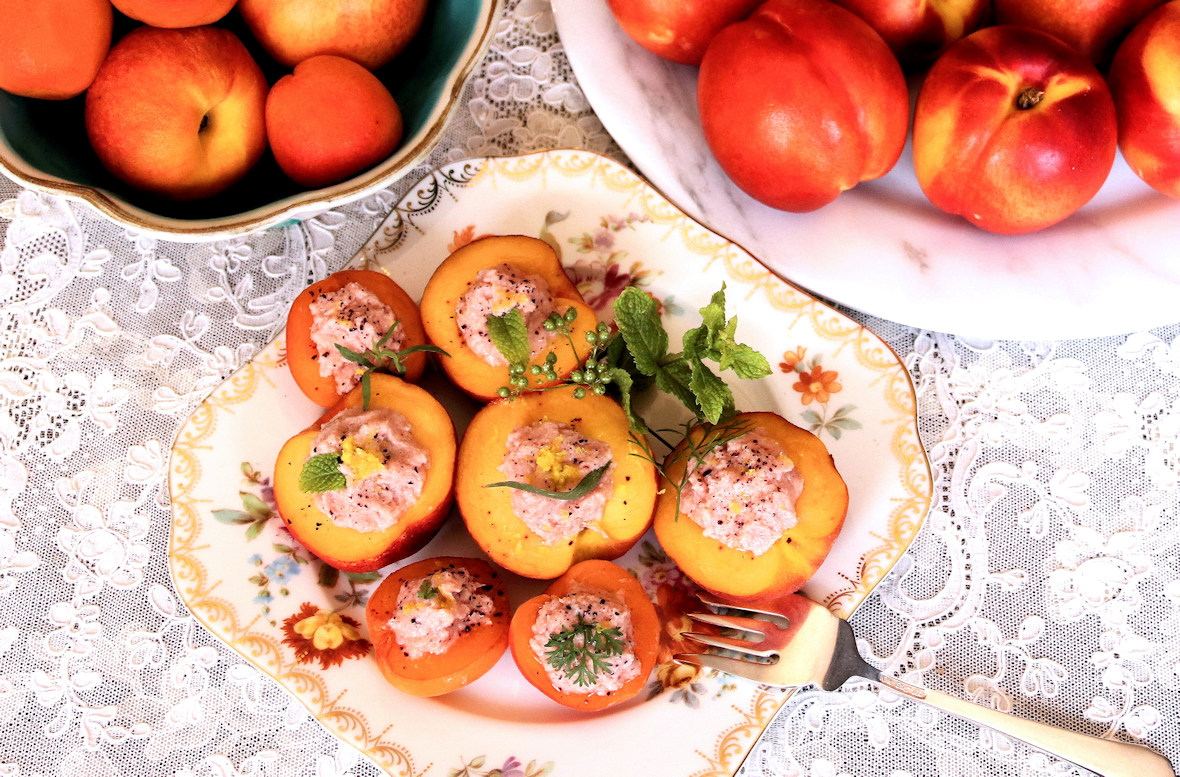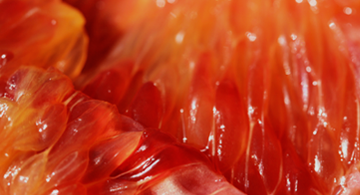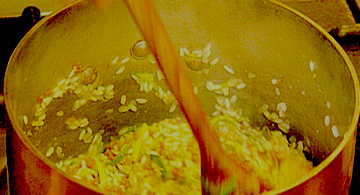
The Thymus genus consists of more than 350 species. Most of us know the basic thyme used in cooking, Thymus vulgaris, as well as lemon thyme, Thymus x citriodorus. Especially in Europe and southern Italy, this perennial plant grows wild flourishing in Mediterranean breezes. Most wild thyme plants are Thymus serpyllum, or Serpolet, although there are probably cultivars that are hybrids of the mother plant. It is an easy-to-grow ground cover plant, requiring little other than sunny conditions because it is drought-resistant. Even your kitchen window will provide enough light and air nourishing a small plant to grow, and your kitchen will have a wonderful fragrance!
Traditions: Possessing such a tiny leaf, this herb has a long significant history. Its name comes from the Greek word, thumos, or smell, because of its strong fragrance. Ancient Egyptians used it for embalming, and sprigs were tucked into coffins helping to give safe and easy passageway to the after-life. Ancient Greeks burnt it as incense and it was a favorite offering to Venus. Hippocrates recommended it as a remedy to aid digestion after long banquets. Associated with dispelling melancholy and supplying courage, ancient Romans bathed in thyme-scented water before going into battle. As late in history as the Crusades, many women embroidered sprigs into scarves and gave them to their knights and soldiers to help sustain courage.
Applications: It is used as a balsamic, an antispasmodic, and it facilitates relaxation and digestion. Beneficial for respiratory illness, tea made from an infusion of thyme, is recommended for relieving congestion due to colds, asthma, and bronchitis. Make an infusion: Immerse a compress in it then apply to the skin for acne and skin infections, and to relieve arthritic and joint pain. Thyme is blended with other herbs and citrus and used in soaps. Its invigorating aroma can improve memory, relieve stress, exhaustion, and depression.
Chinese Medicine: The thyme plant is used for relieving upper respiratory ailments such as coughs, acute bronchitis, and laryngitis.
Thyme Essential Oil: A very potent medicinal oil containing carvacrol, it is one of the strongest antiseptic oils available. It also contains a significant percentage of thymol, an antiseptic that is the main active ingredient in Listerine mouthwash. For treating congestion and symptoms of colds, rub a small amount of thyme oil onto the chest area or apply a few drops to a cloth and breath to help clear the lungs. Add a few drops to warm bath water and soak to relieve aches, pains, tiredness, depression. It is used for treating IBD, Crohn's disease, and other inflammatory bowel conditions. Not for prolonged use without a physician's or homeopath's advice. Do not use if pregnant, or if you have high blood pressure.
Culinary Uses: Thyme adapts well to many ingredients. Enhancing many roasts and braised dishes, it is an ideal flavoring for beef, veal, pork, lamb, and chicken. Try lemon thyme with pelagic fish such as bass, snapper, john dory, and bream, and with shellfish such as shrimp and lobster, nothing else is needed other than a bit of butter or extra-virgin olive oil. Also goat’s-milk and sheep’s-milk cheeses, tofu, tempah, eggs, tomatoes, eggplant, potatoes, string beans, cannellini beans and other legumes, zucchini and soft squash, and citrus taste great with an accent of it.
Since the leaves are small, usually they are left whole in cooking. It is excellent in soups and sauteed with mushrooms. Being an important preservative for protein, it is used when making salame and preserved meats. Often it is the only herb used in the dish because of its predominant flavor; if you want to soften its flavor, pair it with marjoram. Its dainty flowers are an important nectar source for honeybees, and often thyme honey is served with cheese as dessert.
* This synopsis imparts valuable information that could be beneficial as part of a wellness program. Its purpose is to open the thought process to consider including herbs and spices as natural supplements in personal regimens. Briefly stating how the plant was valued and used historically in different ages and cultures, it lists some current uses. If interested in this particular plant, please extend your research via books and articles for more details and uses.
With increasing interest for including alternative therapies with standard drug therapy, research continues, so this topic evolves continuously. Please consult your wholistic and holistic practitioners, homeopaths, nutritionists, dentists, and physicians to keep yourself updated if you choose to incorporate or ingest the plant in any form for medical purposes.
